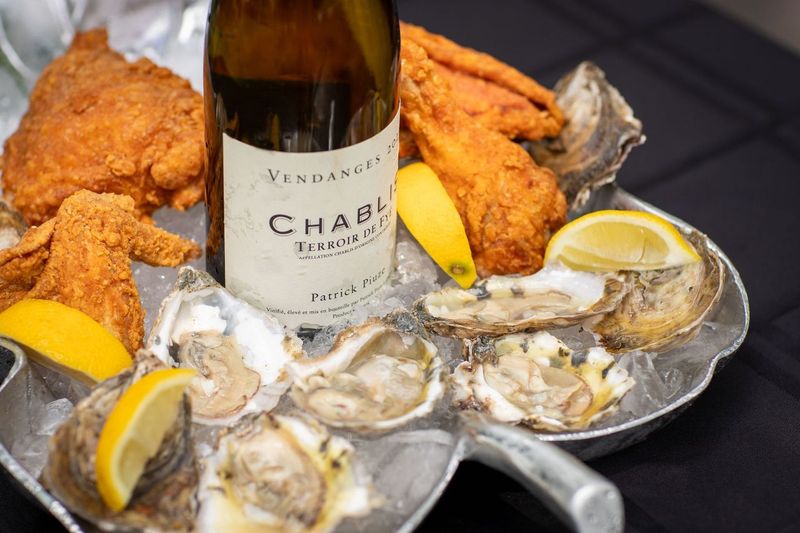
It’s a sommelier’s dream to work with the culinary staff at REDD Rochester. The food we see with on a daily basis not only emphasizes the complexities of flavors in the dish, but we also focus on what liquid libations pair best as well. When new dishes are being developed, I’m often on the receiving end of a spoon being passed to me, asking, “What do you think would go best with this?” My answer almost always is, “So many things!” Once these dishes are ready to present to our guests, the discussion is now open to what would be the best pairing.
We all generally know that white wines pair best with seafood or poultry, and red wines are best with meat and game. But how do you tie that all together when your guests are eating everything under the rainbow (as they should), and how do you take this into consideration when hosting a dinner party at home? A ribeye steak pairs great with a glass Cabernet Sauvignon, but what if you don’t like drinking red wines? Reach for a bottle of Riesling! The acidity and fruit notes in the wine will cut through the richness of the steak with ease. That’s the beautiful thing about pairing food and wine. More often than not there really isn’t a wrong answer. The first thing to consider is what do you normally like to drink? No matter how good the wine may be, if you don’t like Chardonnay, we’re not going to recommend that you pair a dish with a glass or bottle of it. This is where our training and creativity come into play. Finding the balance of flavors in a dish that can be accentuated by the nuances of a wine is what we as somms live for, and that is the “Art of the Pairing.”
Here are a handful of traditional and also unexpected pairings that will both intrigue and amaze your family and friends as we shift from entertaining on patios, decks, pools, and lake vistas of the summer and move back into the kitchens and dining rooms of our homes this fall.
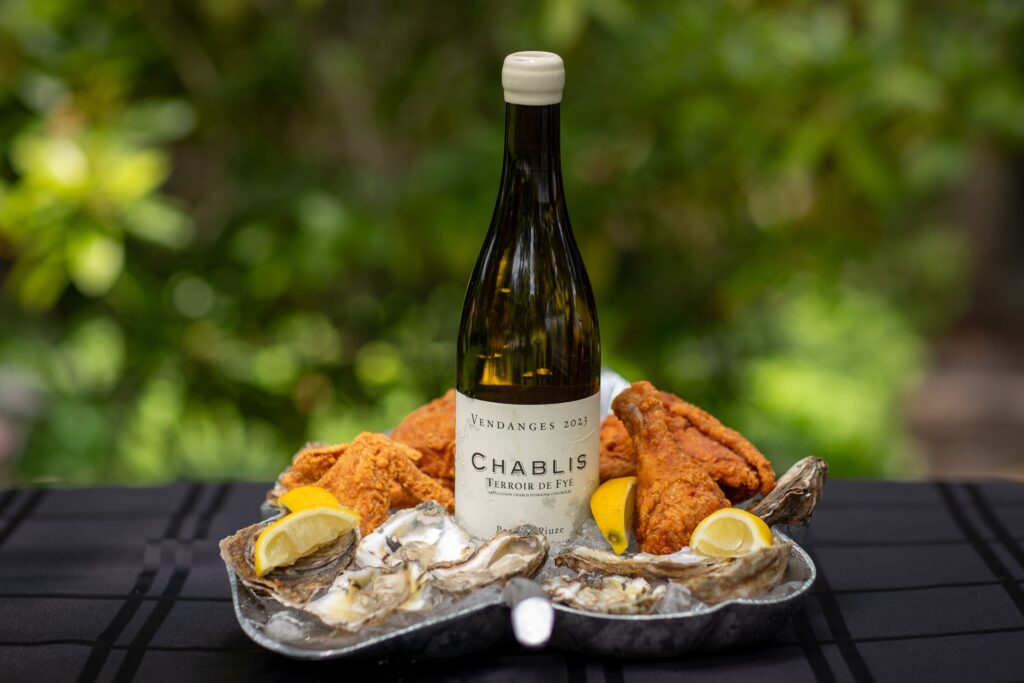
Chablis:
Oysters are said to be best when eaten in months that end in the letter “R,” so as we roll into September and October, what better time than to try these than at your next dinner party? I know that oysters aren’t for everyone, but have you ever tried an oyster that was washed down by a sip, or gulp, of Chablis? It’s a match made in heaven. The salinity of the wine pairs majestically with the briny flavor of the oyster. A little squeeze of lemon on the meat helps to accentuate the lemon and apple flavors of this delicate Chardonnay. It’s no secret that the soil of this small region in France enriched with fossilized oyster beds in limestone from millennia ago is the perfect pairing for this dish.
For your guests who are not too keen on oysters, surprise them by pairing Chablis with fried chicken! The delicious balance of spice and fattiness of the fried chicken sings in harmony with the acidity and bright fruit flavors that you will experience with this wine. Chablis is experiencing a great revival by consumers in our region. I see more and more guests order this neutral oaked version of Chardonnay without even thinking twice, which is great because of the versatility of pairing of this wine with many different dishes.
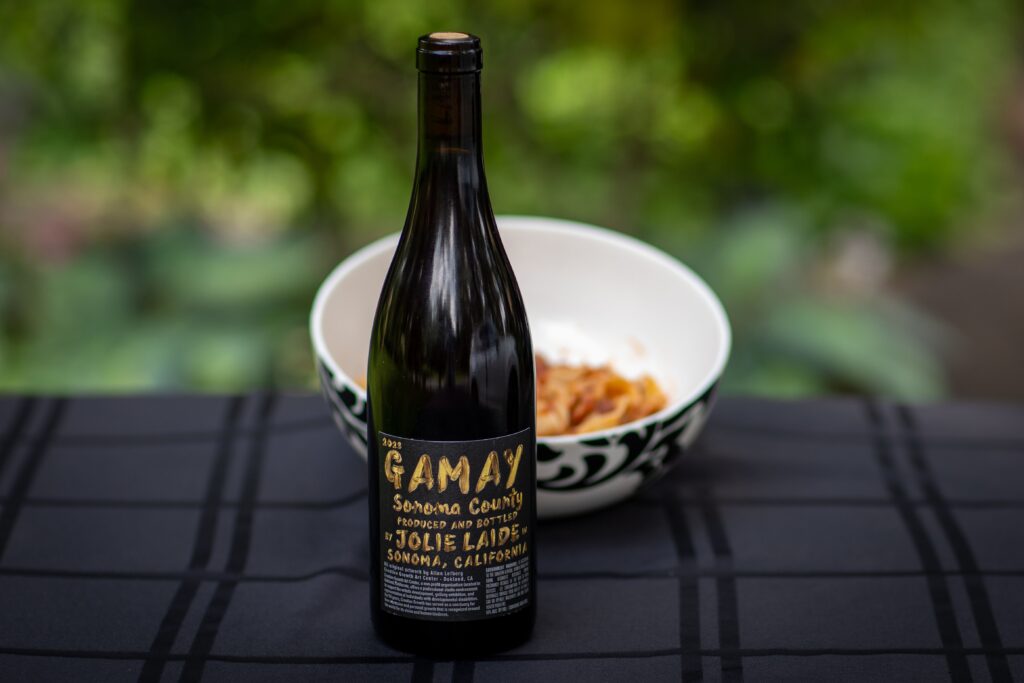
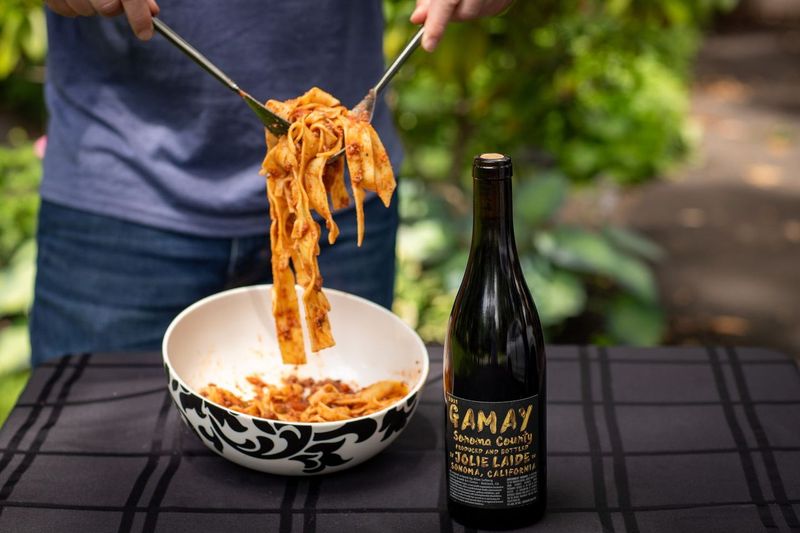
Gamay:
Gamay is the grape that is used to make Beaujolais (I almost spelled that right on the first try!). This grape has lived in the shadow of its cousins, Pinot Noir and Chardonnay, its entire life. Fun fact: Gamay was first cultivated in the 1300s in France, and at that time it was credited with helping people recover from the black plague. Pretty impressive résumé right there, if you ask me. Gamay is now widely planted throughout the world, especially by producers in California and Oregon who love to work with this versatile grape varietal. When it’s time to pair this wine to a meal, a very safe bottle to bring to a Thanksgiving celebration is Gamay. I, however, love pairing this wine with my favorite pasta dish, Bolognese. I know I’ll get heat for this, as many food lovers, (especially Italians) may protest that a wine like Chianti would be preferred. However, Gamay is a strong contender to branch out into the world of this meat ragù. Pairing this medium-bodied wine that boasts bright red fruit notes with mild, smooth tannins and the tomato-based sauce filled with meat and herbs is a superb complement as neither will overpower the other.
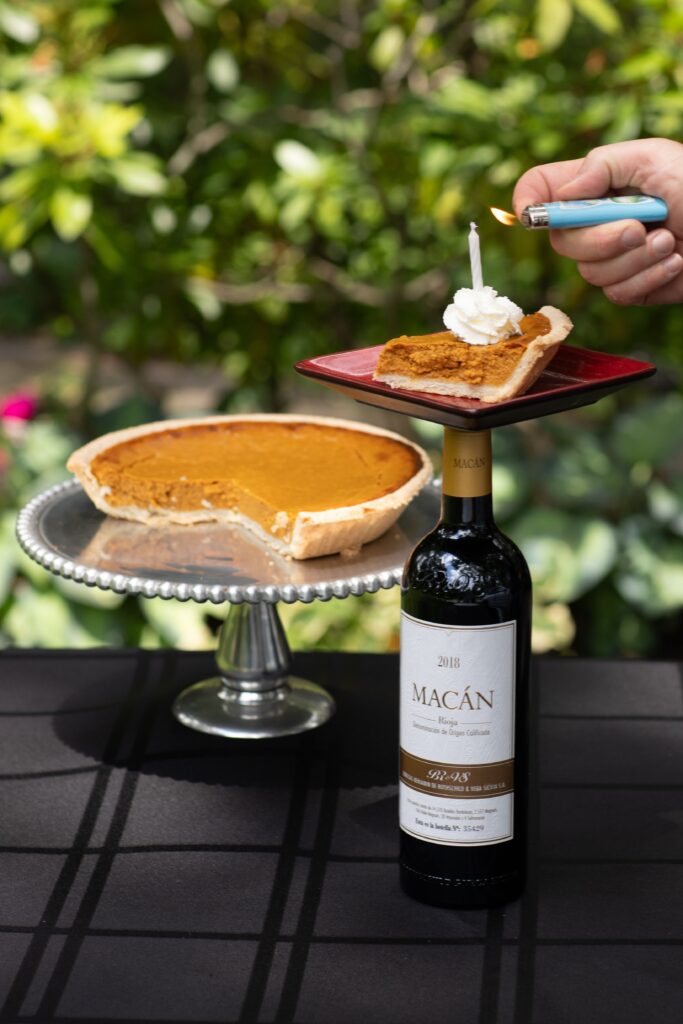

Rioja:
Gourds like butternut squash, acorn squash, and pumpkins make up the mid-to-late fall swath of vegetables. They are incredibly earthy and need sugar and spice to liven them up, and that is the basis and foundation of the flavors of Tempranillo, the grape used to make Rioja. The notes of clove, cinnamon, and vanilla in the wine make it ideal to pair with my favorite dessert, pumpkin pie. Ever since I was a child, pumpkin pie has held a very special place in my heart, as my grandmothers always made sure that I had one with candles in front of me for every birthday celebration at the end of October. It’s a tradition that I still carry on today. This may be my most daring pairing, but it works so well!
As a sommelier, one of the greatest virtues you can gain with a guest is trust. I hope you show your trust in some of my recommendations by testing these food and wine pairings. You may just discover a new favorite along the way.
Views: 77




